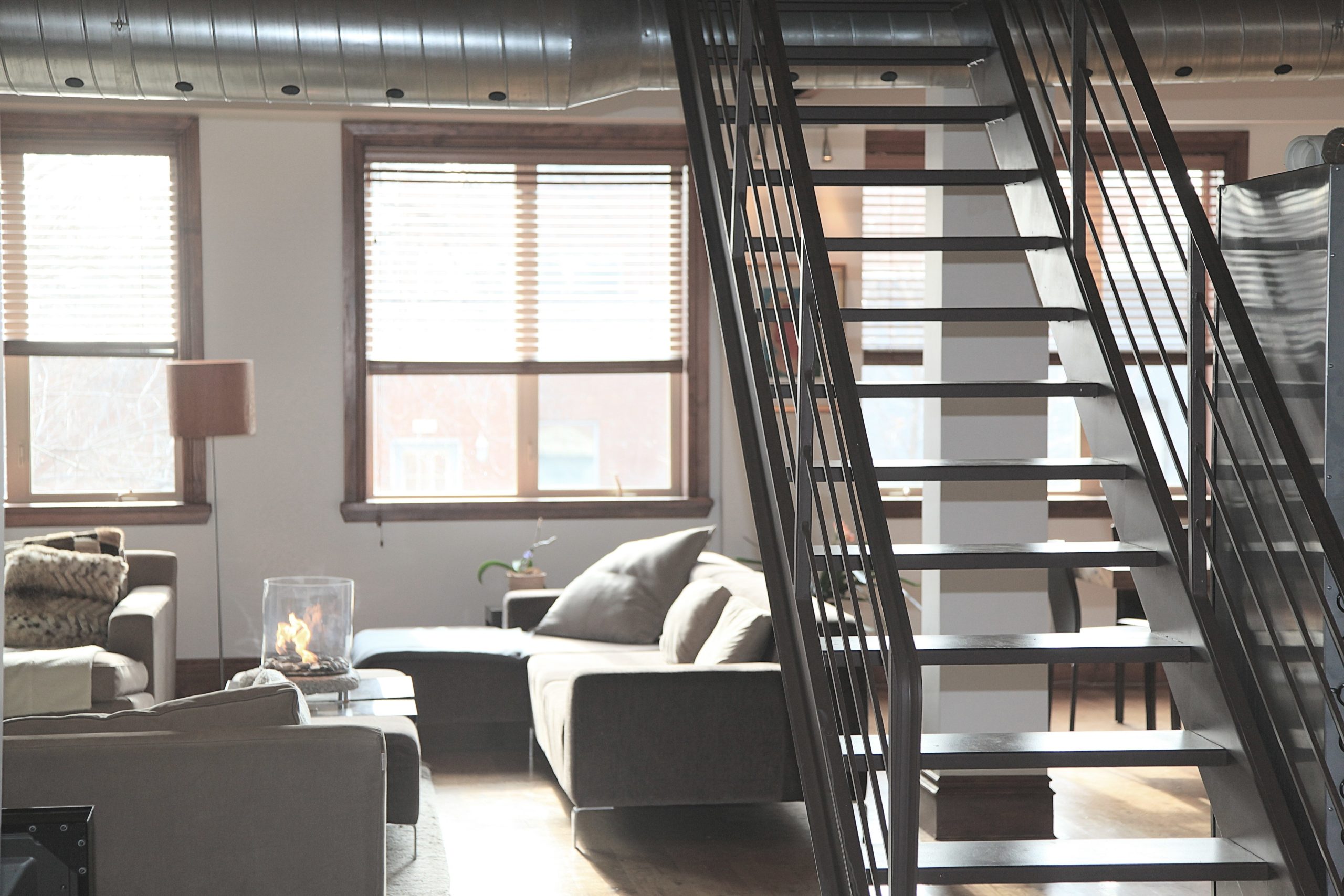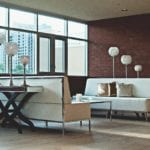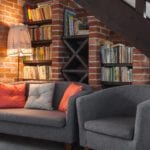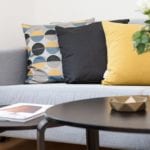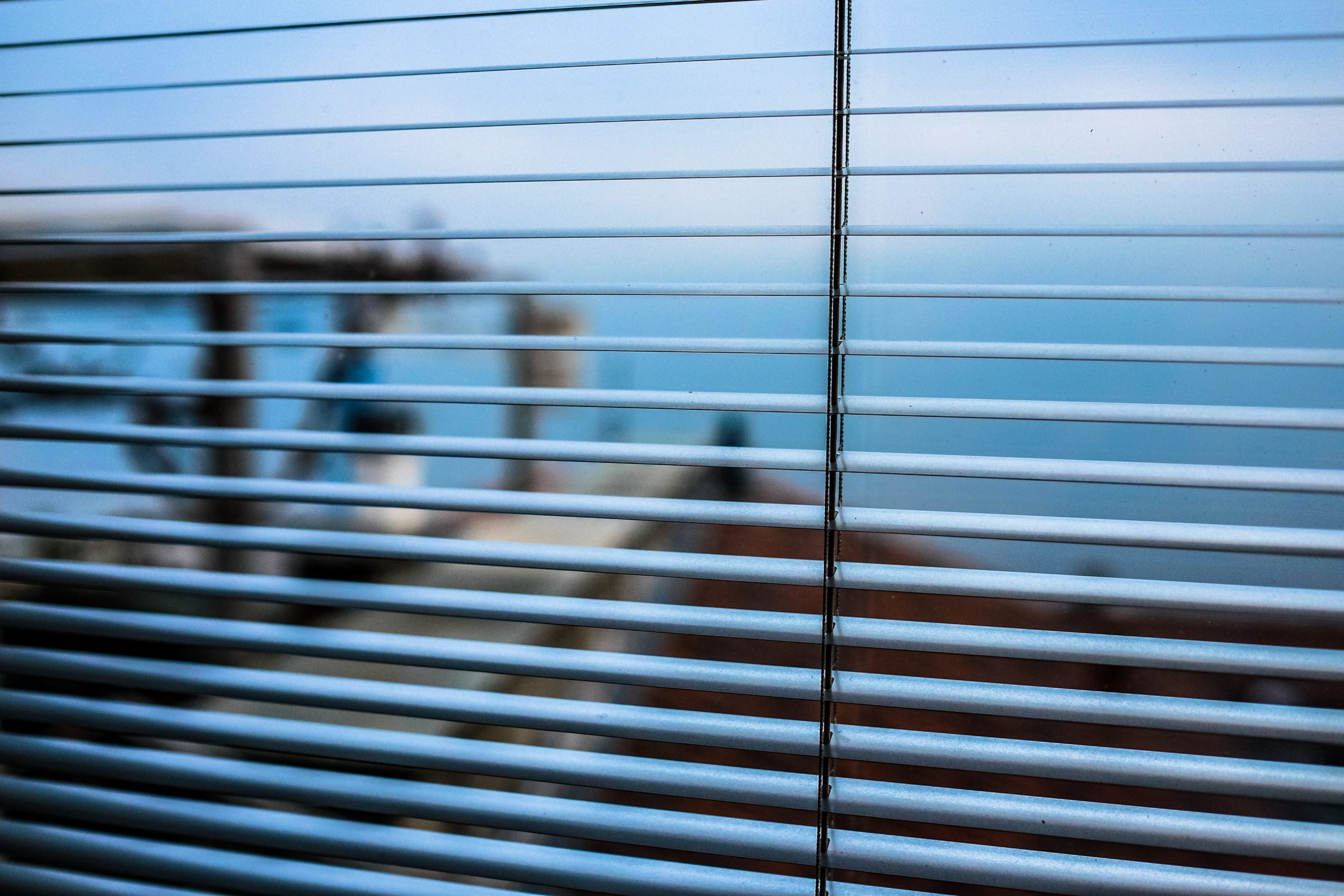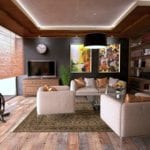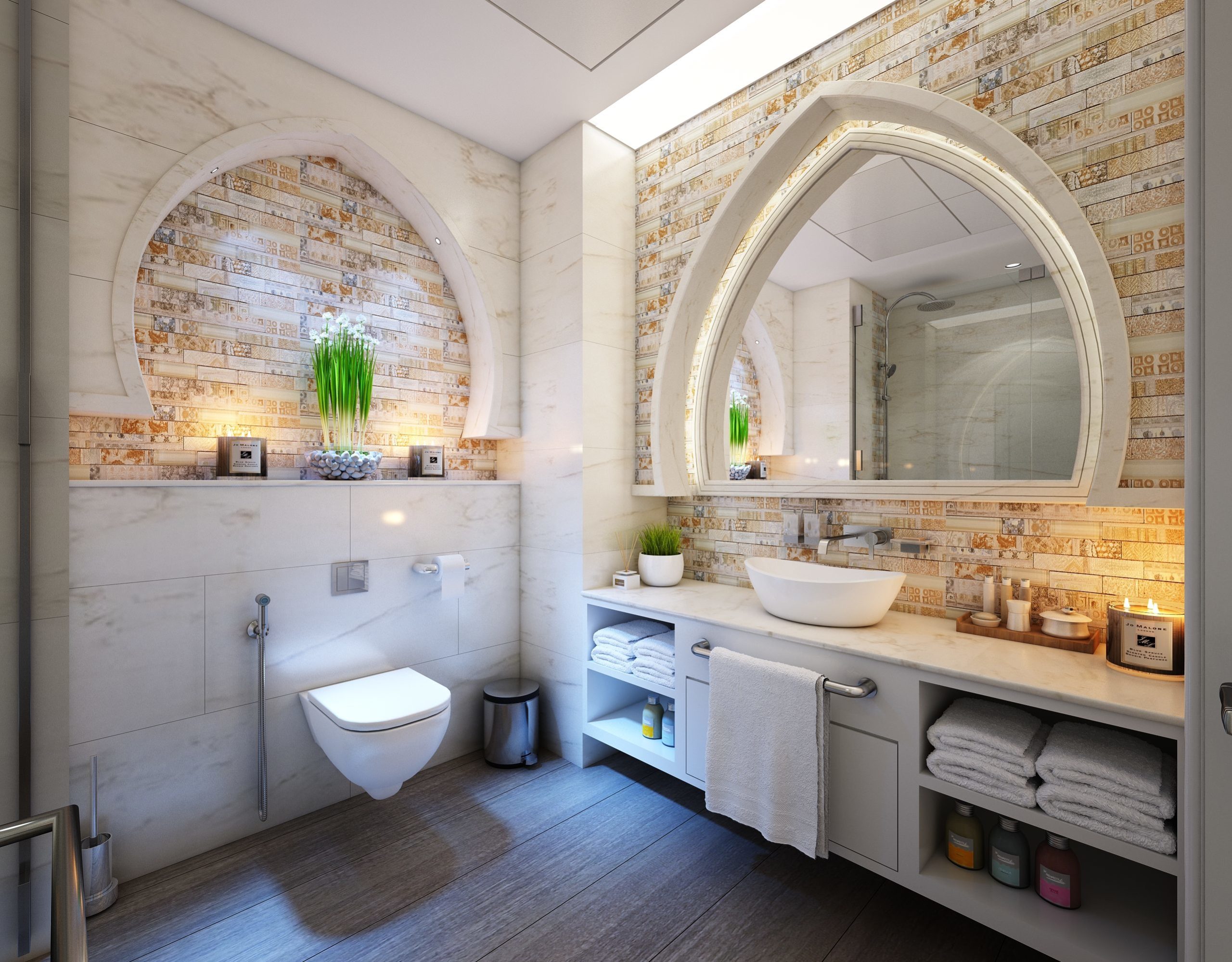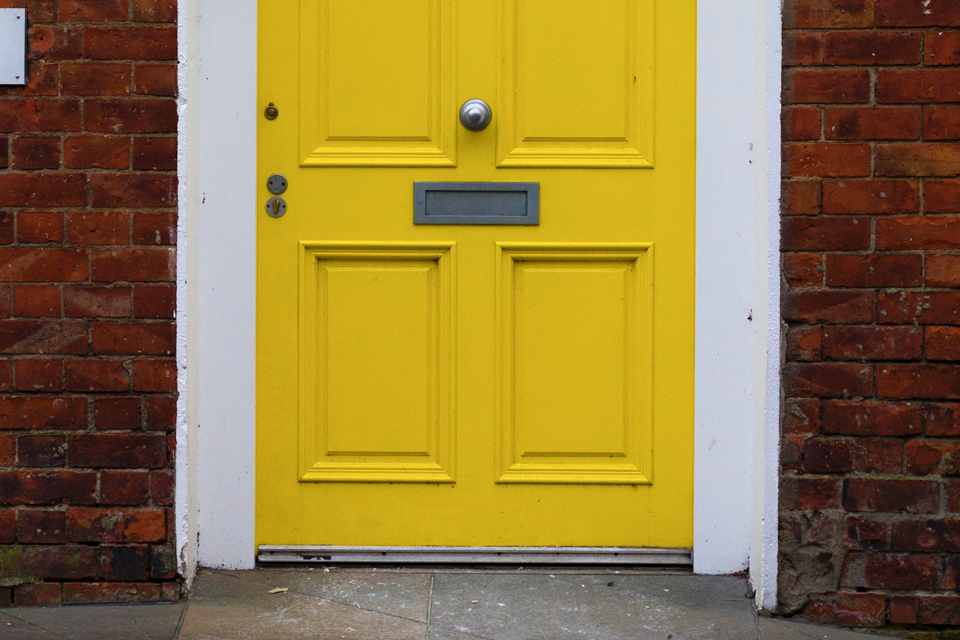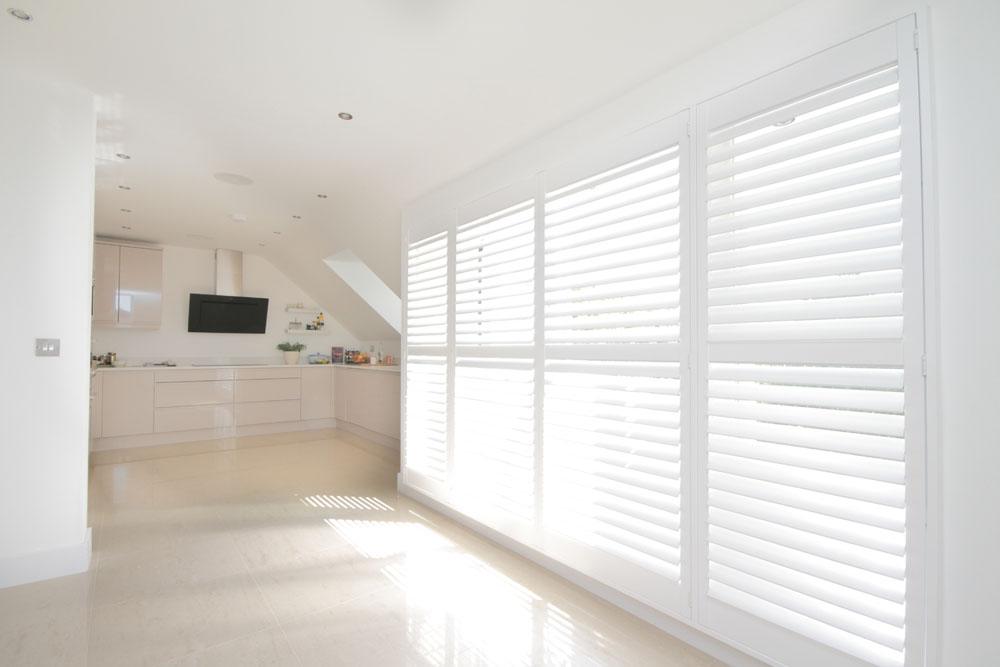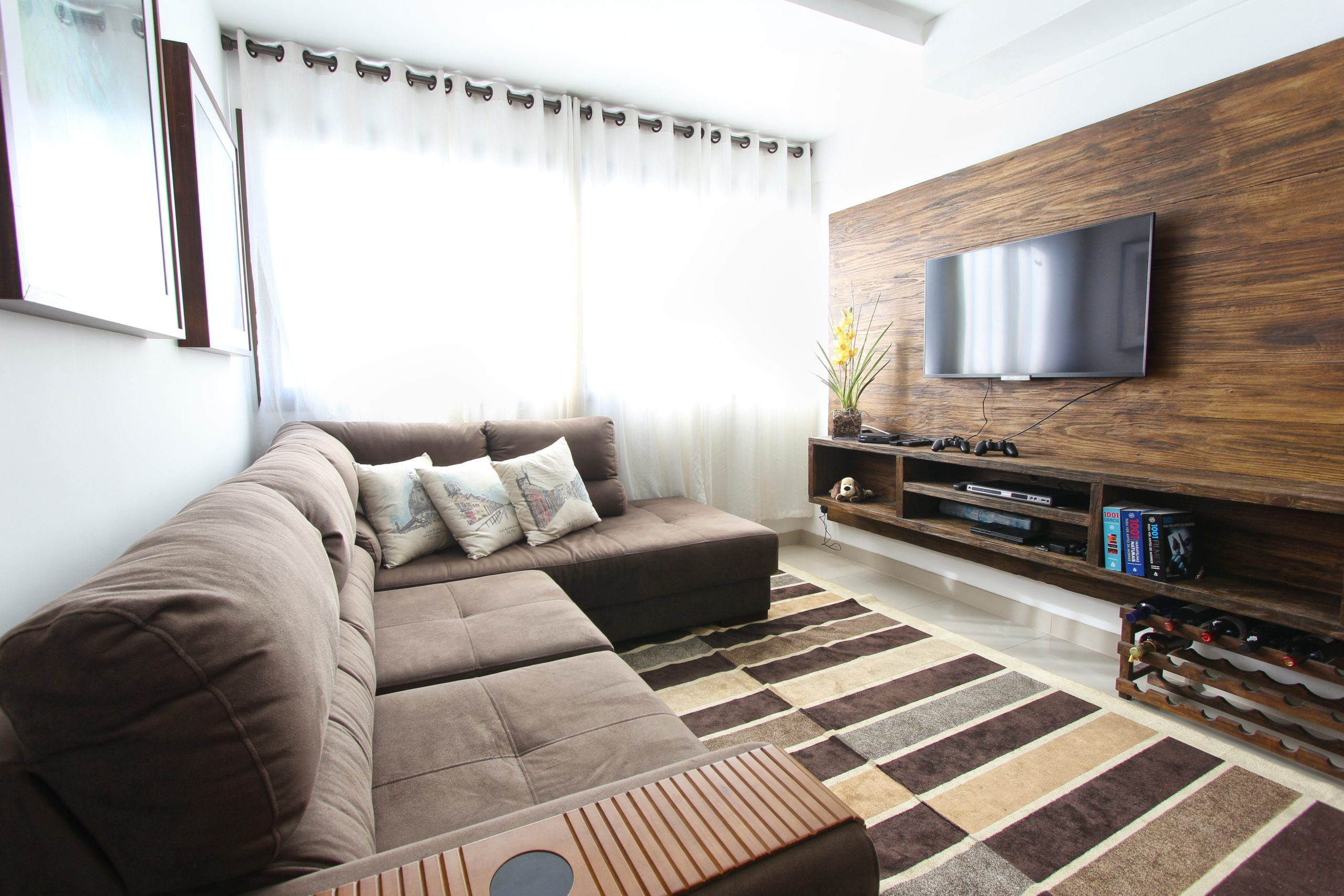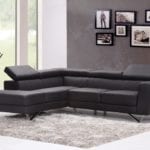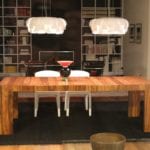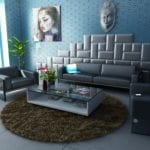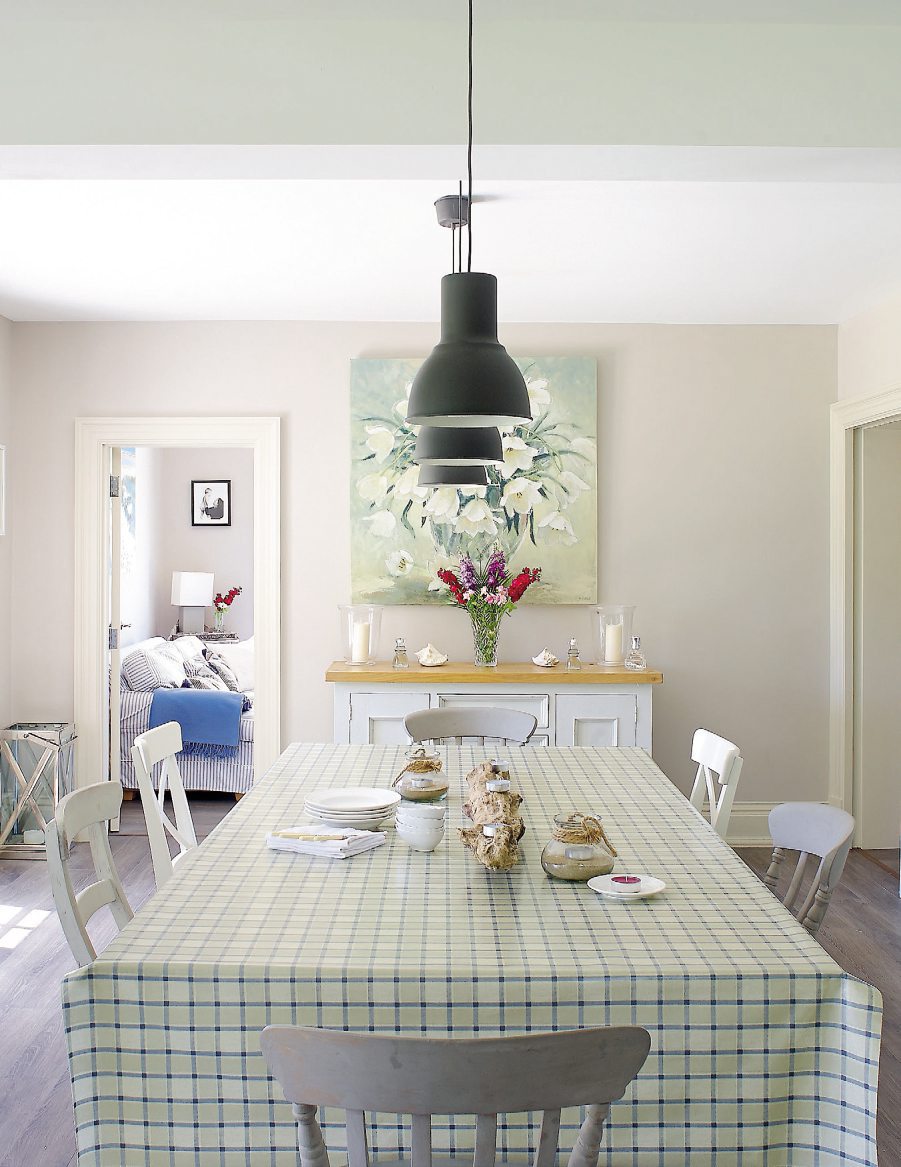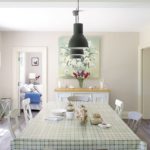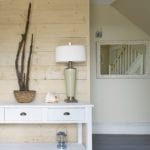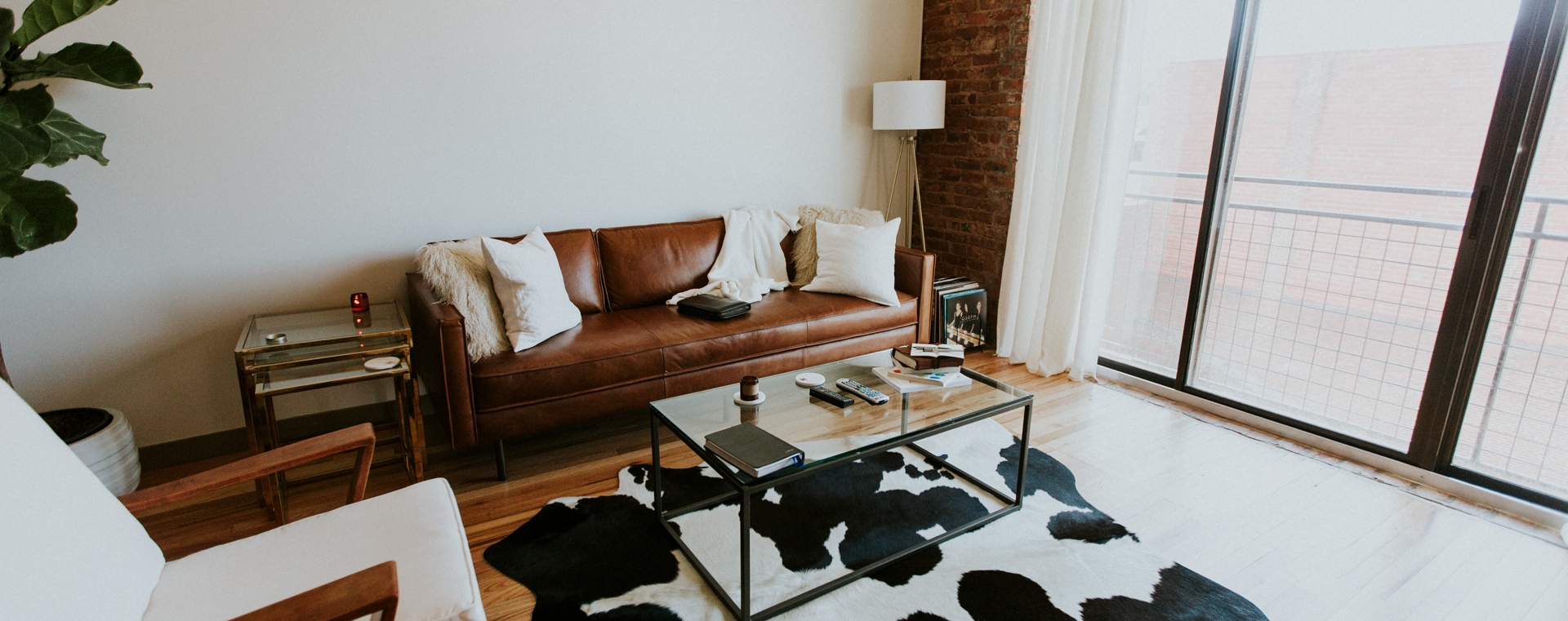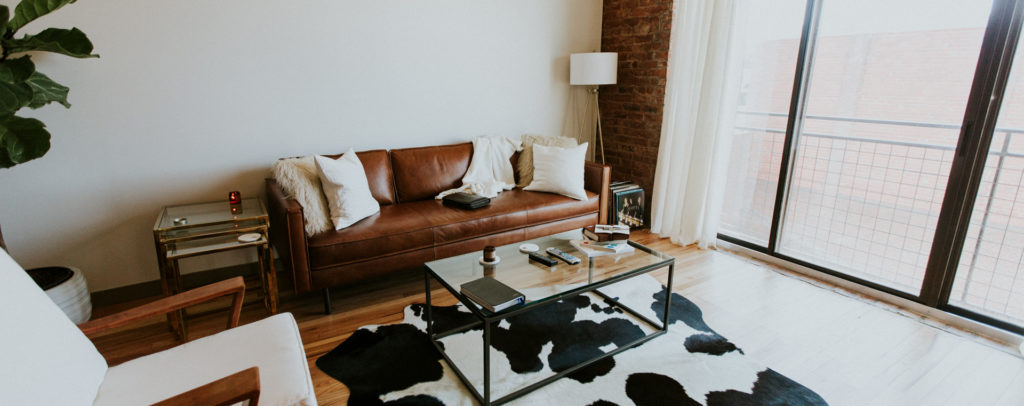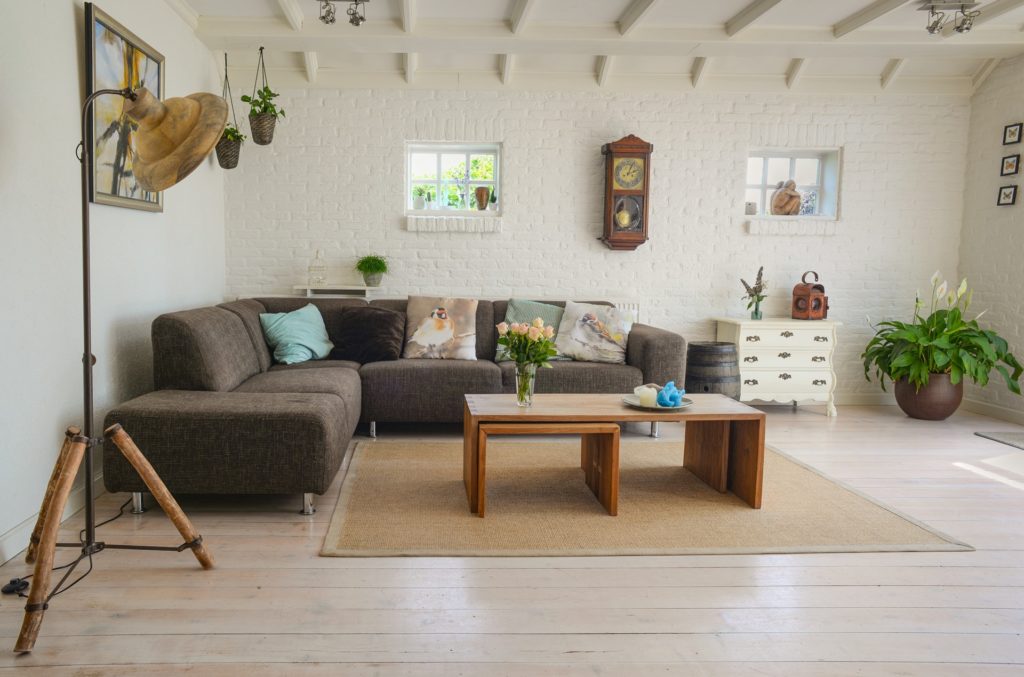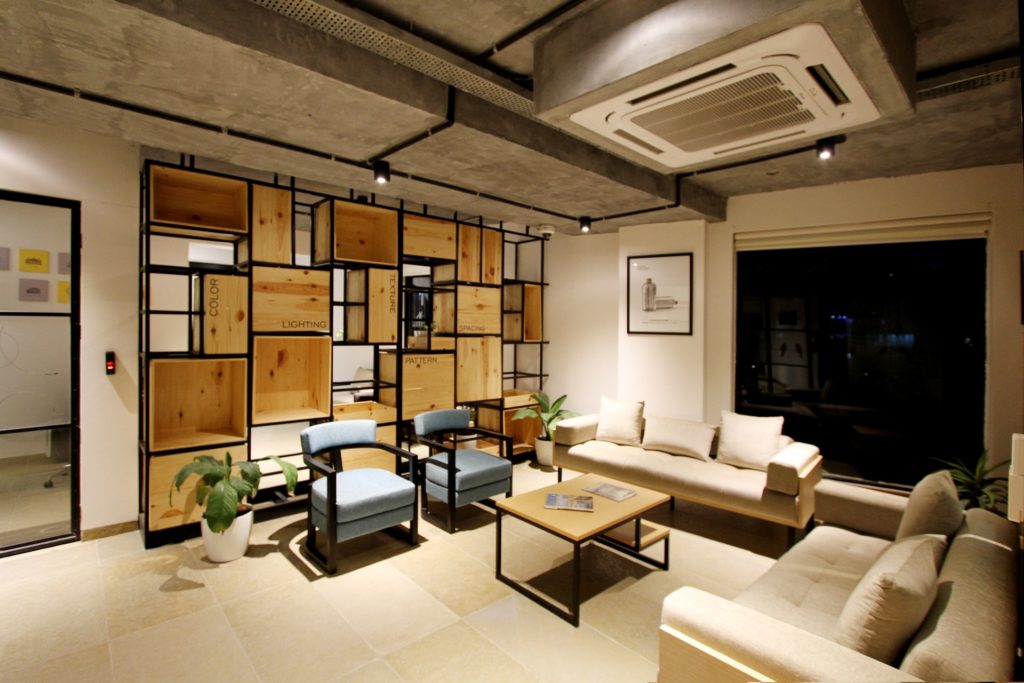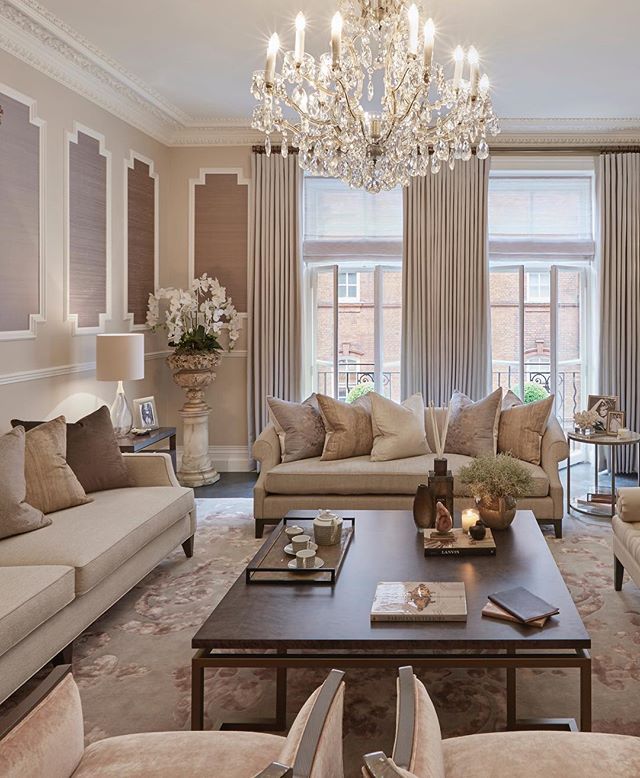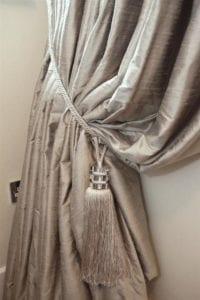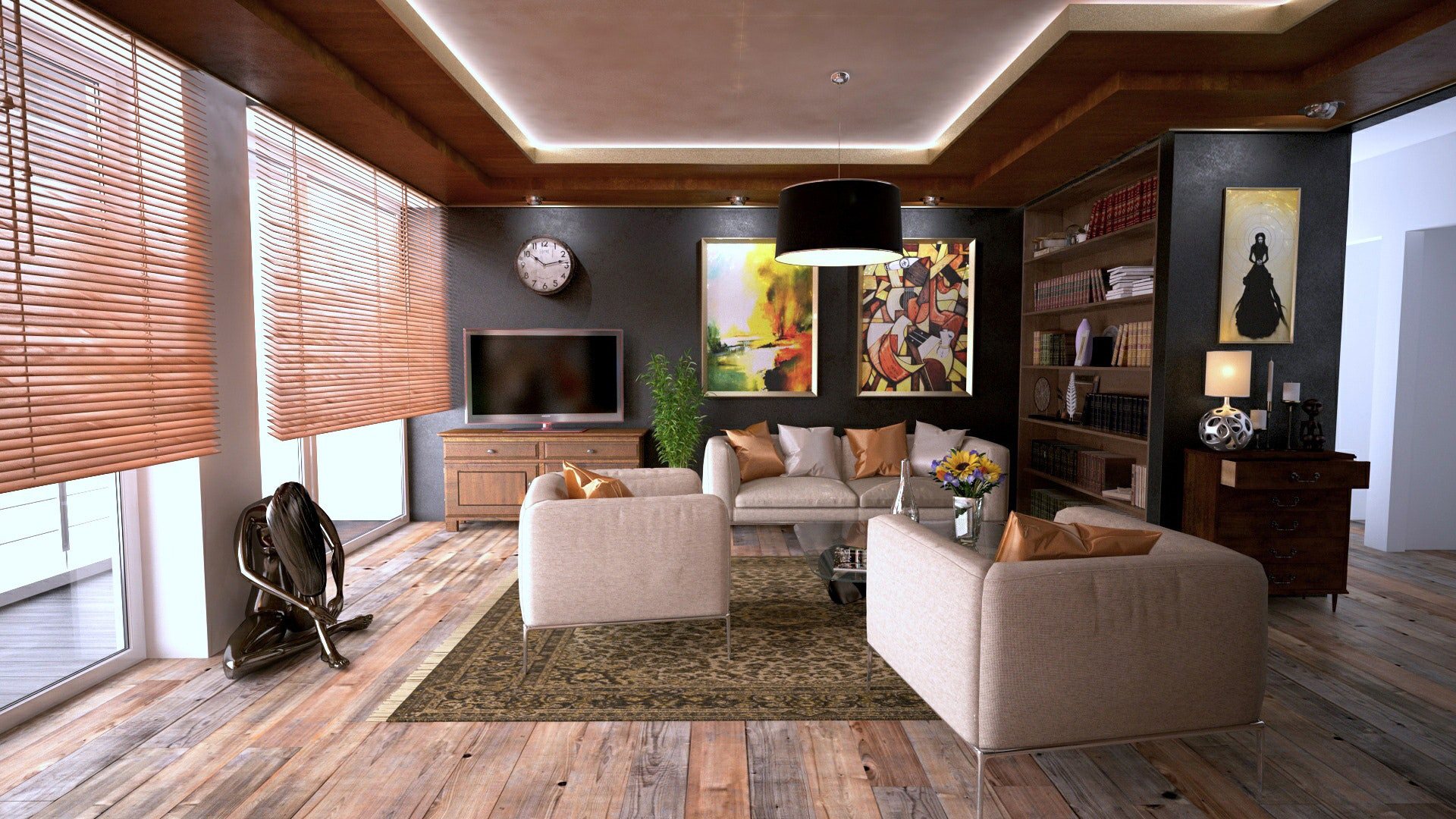
What finishing touches to add to your newly decorated living room?
Finishing touches are literally the cherry on the top, the icing on the cake, the tiny details that make the whole seem extra special. But it’s possible to overdo them. Combine bad taste with bright colours and strong fragrance, and you’re ripe for a sensory overload in your living room.
How to avoid that? Read on! Just a few additional details will make your newly designed and decorated living room into a place you’re happy to call home.
What finishing touches to add to your newly decorated living room?
Look, we’re not talking china shepherdesses, crystal animals, or doilies. Please, not the doilies.
But there’s a lot of sweetly ornamental, but gently statemented items you can use to make a difference. And when we say ‘a lot’, we mean ‘make choices, don’t go overboard’.
Art, ornaments and mirrors

Most people aren’t ‘into’ art; but what home doesn’t have a few pictures on the walls? Whether it’s a collection of fine art prints from your favourite online gallery, framed with a touch of panache; or an eclectic curation of work that has touched your heart over the years, bare walls need to be broken up with beauty.
Mirrors are a excellent additional framed item that can free up the design. They have the increased benefit of making your room seem larger, so strangely, a large mirror in a smallish room can work wonders for your sense of space. They’re also often less expensive than art, and come in some amazing frames.
Ever wondered how mirrors are made? Check out this fabulous video showing the process.
Who knew?!
Ornaments … well, yes. They’re not for everyone, but we’ve all got our foibles. Whether it’s a lucky three-legged frog to boost your feng shui fortunes, or some pieces left over from when you travelled around Thailand in your twenties, the only two rules you need apply when it comes to ornamental decoration is:
1. Does it coordinate or set off your décor?
2. Does it say something about you?
Which leads us into the next part:
Personal items
What really makes you you? Your interests, your style, your colour sensitivity? What can you use to really show off yourself, whilst remaining true to good taste?
We can’t help you with this. Whether it’s musical instruments, a gorgeous chess set you bought in Malta on your honeymoon, or a set of coasters you found in Harvey Nicks a million years ago when you were young, rich and foolish, you’ll know what you should show off.
One thing, though. Less is more. Trust us on this. Pick out things that go with your décor; that highlight or oppose the main of the textures or colours.
Greenery and plant life

Plants. They’re strangely good company, brighten the place up, and they even make the air easier to breathe.
Pot plants can hang, nestle in the windowsills, or brighten up a dull alcove.
Tall ones can improve the height of your surrounds, especially in the corners, while short or trailing plants can smudge the impression of hard lines in the design of the room.
Lots of rustic-string hanging planters are available in a variety of colours for as little as a Euro or two, so you may as well plan ahead, and leave a little space for your greens.
Texture and colour add interest to your living room
Designers are forever going on about texture and colour. What do they mean by texture? Here, you want to consider a contrast between textures already in the room and those you can introduce for an opposite effect.
For example, your walls and flooring may be hard. Your windows may have shutters or a roller blind. Wooden or veneer furniture. These textures are all hard, smooth surfaces, whether a shiny, silk, or matt finish. Opposing contrasts could be a fabulous fluffy rug on the floor; something monochrome if you’ve got a boldly coloured room, or something brightly coloured if you’ve gone for neutral shades throughout.
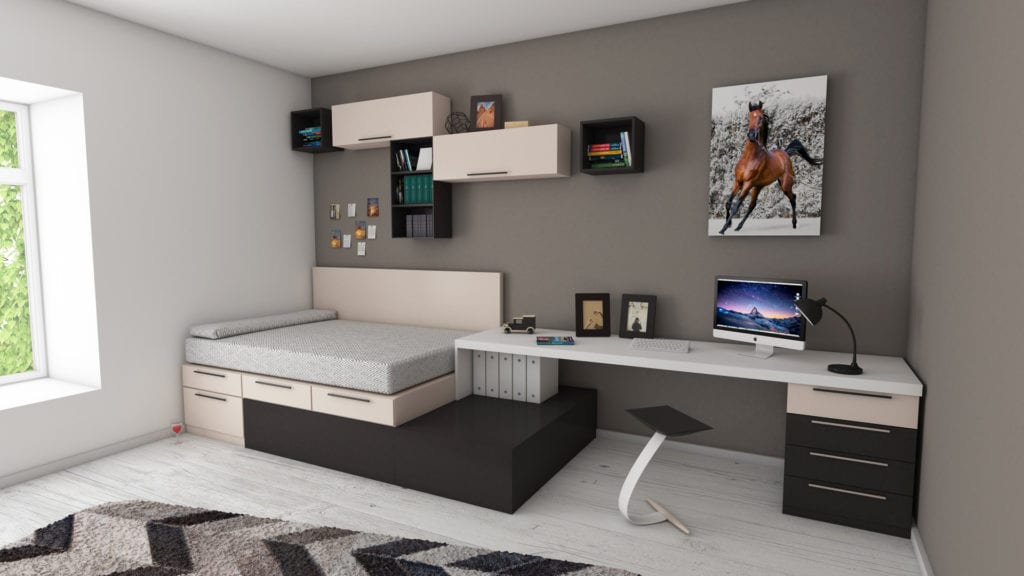
Cushions and rugs
Soft cushion covers in gorgeous complementary colours (use a colour wheel app if you don’t know what this means) and a variety of prints will give some comfortable informality to the general look of the place. In fact, comfort is where it’s at with soft furnishings.
You can get them specially made if you’ve got some special fabric in mind, but otherwise why not just keep your eye out and impulse buy a few here and there?
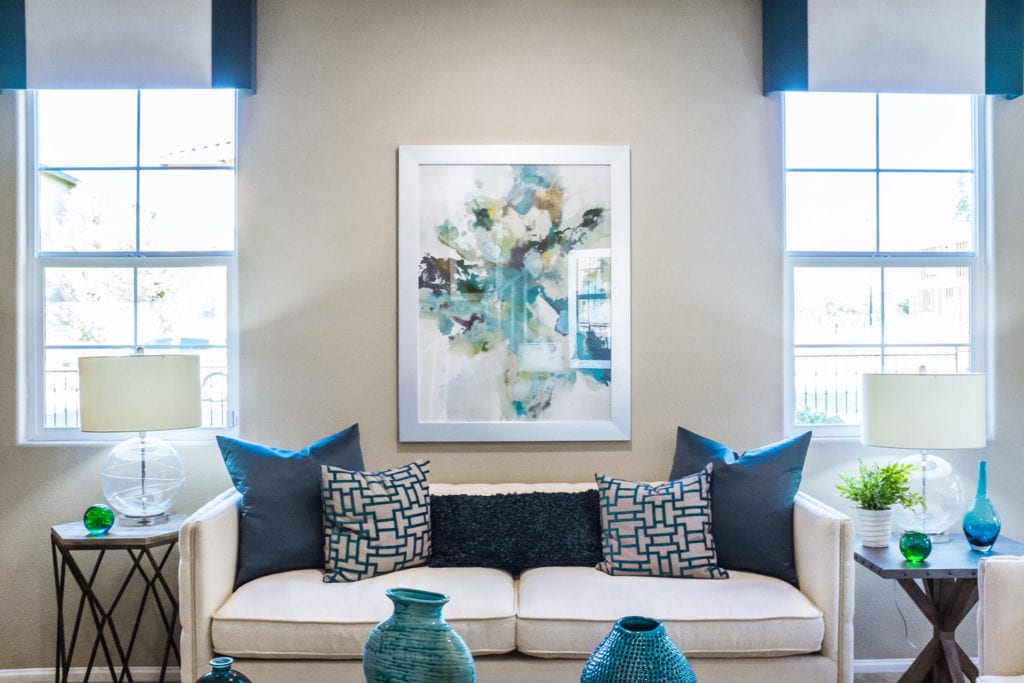
Window coverings: blinds, shutters, and curtains
If you’ve got an abundance of hard surfaces in your living room—wooden or laminate floor, fireplace or mantelpiece, coffee table, lamps—you could do with a few new textures to change it up.
Curtains should always be hung from as high as possible, dropped right down to the floor (none of this stopping at the windowsill business).
Although it may be tempting to stick to the main colour or a neutral, you’ll find a better effect if some of the colours on the curtains match up, and some of them stand out.
And you didn’t fancy curtains, or you’ve already got an abundance of soft textures, shutters are still a pleasing aspect of window dressing.
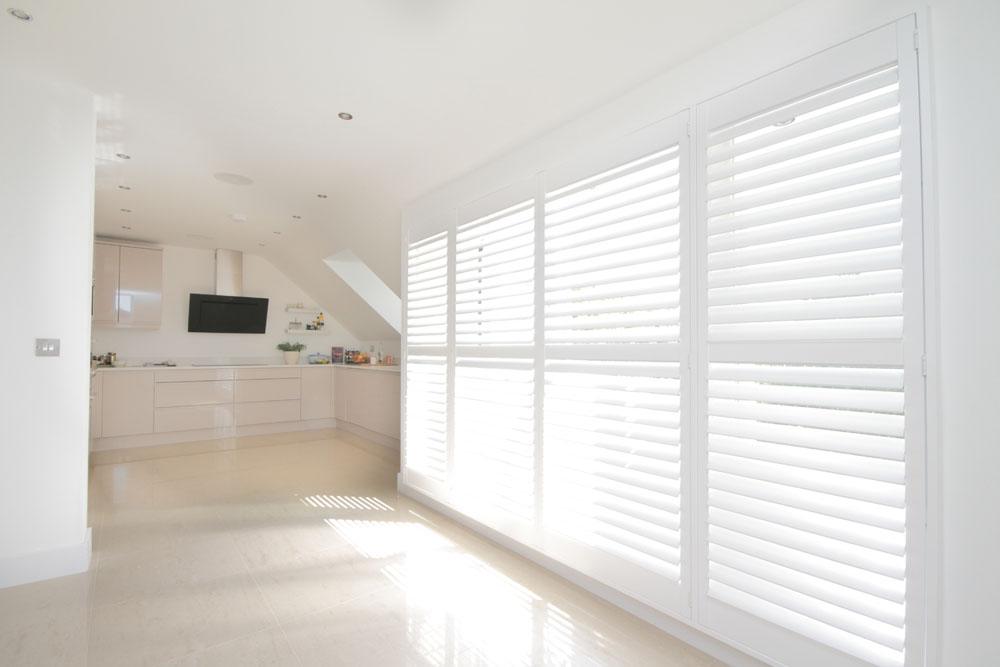
Light up your living space with sensitivity
Standalone lamps and sources of light will set off the features of your room, and if you choose them right, you won’t damage the overall look. Your tone is already set, so you’ll already know if you want industrial-style, metal standard lamps, chunky rustic wooden pieces, or something rather elegant.
They let you brighten parts of the room, rather than the whole, giving yourself contrasts of light and dim to introduce mystery, interest, and practicality into the place.
Don’t forget about sconces, either. They might be more common in larger rooms and mediaeval castle corridors, but you can bring a new type of atmosphere to your living room, depending on what you choose.
The colour of your light will have an effect on the comfort of your room, too. Most people prefer warm feature colours for their living rooms. The purples, the maroons, even oranges and golds. For this reason, warm-toned light is normally the answer.
Cool-tone (or blue-tone) white light tends to make a room seem much more harsh. You wouldn’t be able to relax in a police cell, so why would you bring police cell effects into your living room?
Give yourself plenty of options, too. You don’t know what you’ll need the light for at this stage. So provide yourself with both muted and bright options to be sure.
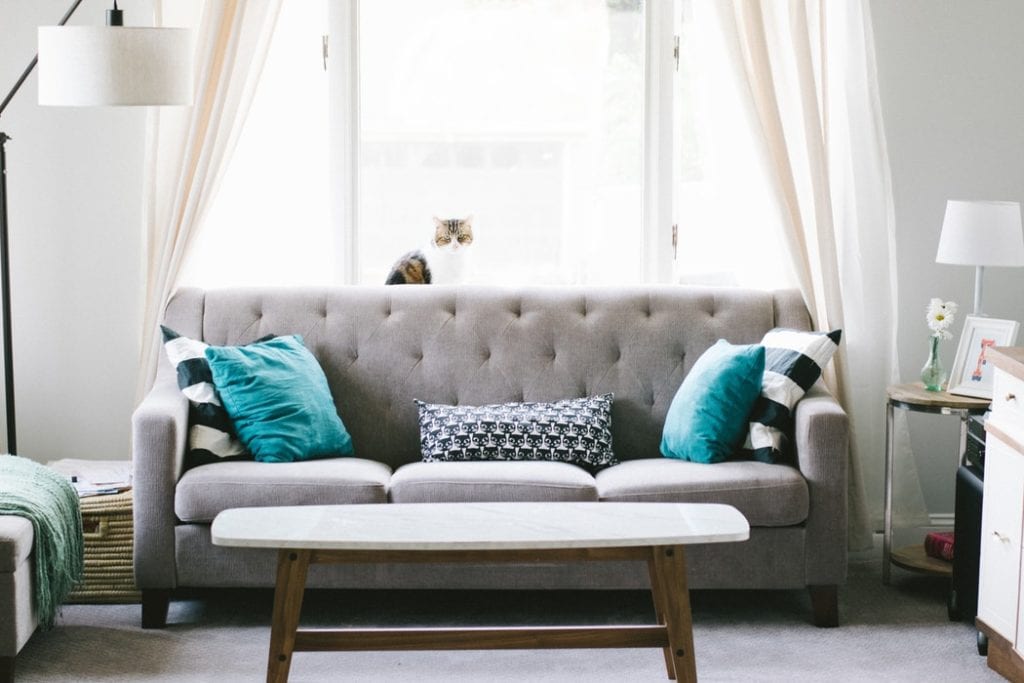
Fragrance brings in a new dimension
And finally, consider the fragrance of your room for a real neural-programming effect. Smell has a deep effect on our memories, so when you have an opportunity to design your space, using fragrance to back it up can create a true 3-D sensory experience.
Many people prefer fresh and light fragrance in their homes; the vanillas, the ‘laundered linen’, and citrus deliciousness. However, there are enough sales of incense sticks to indicate that warm and spicy is also a long-term favourite for many.
All in all, the decorating isn’t finished until the details have been set. Finding the right pieces and atmospherics will depend totally on you and your tastes, but no matter what lights your candle, you definitely need some finishing touches in your living room.
Not sure where to look for help with finishing off your decorating? Nip over to our directory right now, and select ‘Finishing Touches’ in the category drop-down box. You’ll find a swathe of Irish businesses that are happy to help you put the finishing touches on your living room.
Share This Article
WOULD YOU LIKE TO SEE YOUR HOUSE FEATURED ON FINISHED.IE?
Please click on the button bellow and fill the Featured House submission form.


